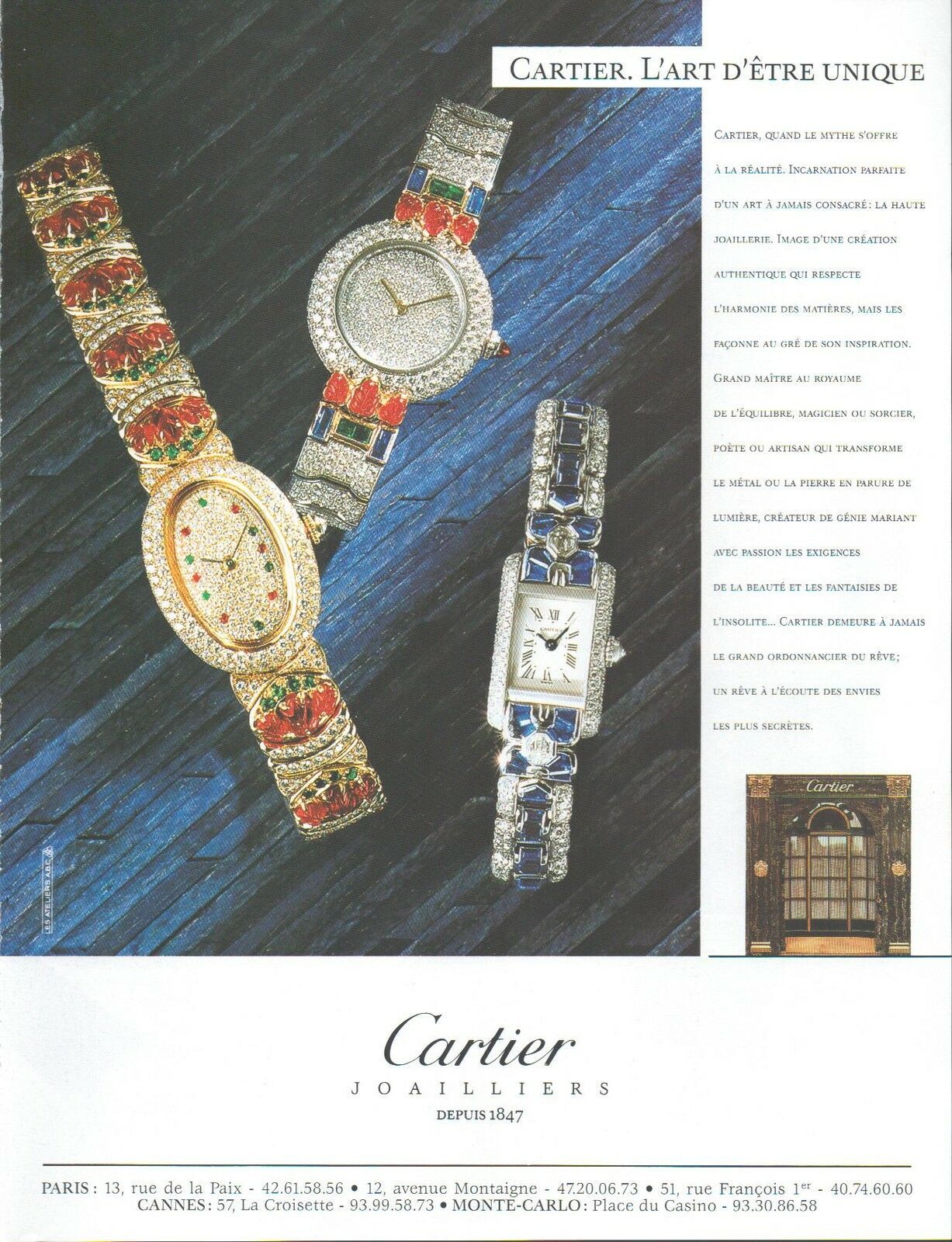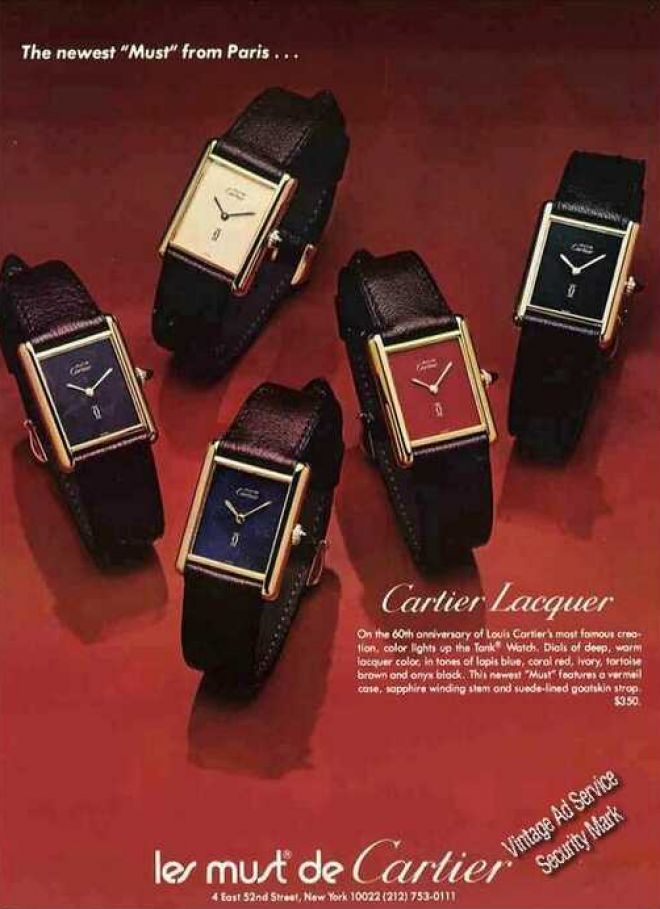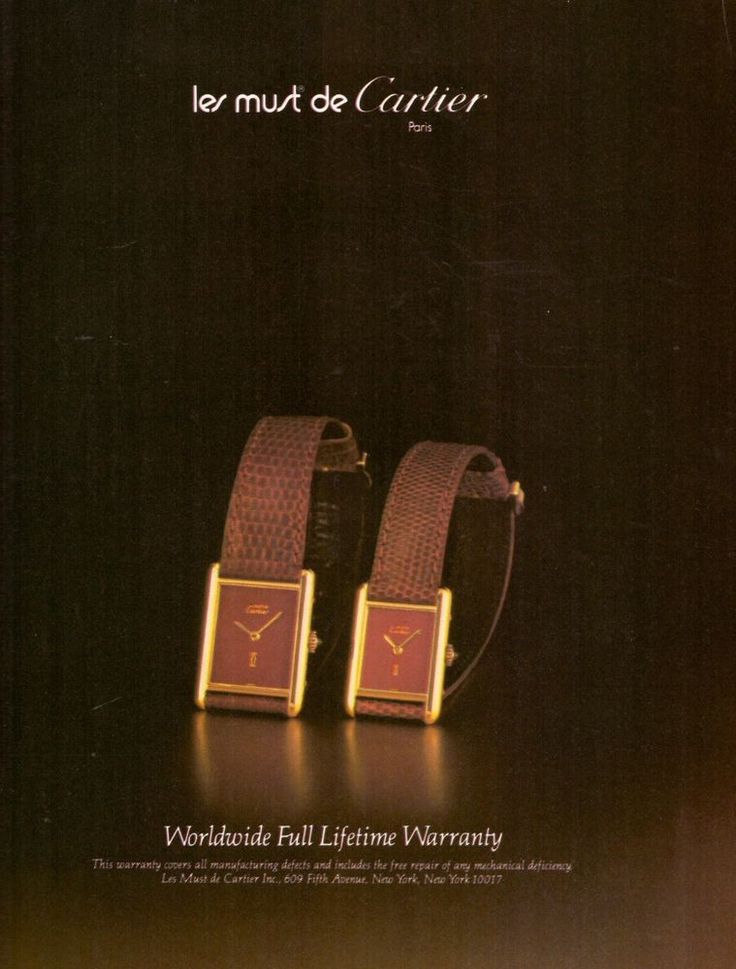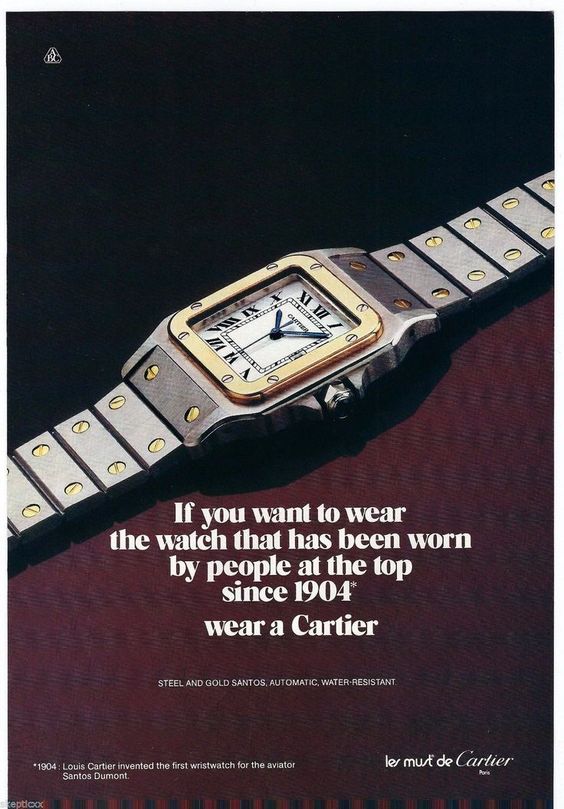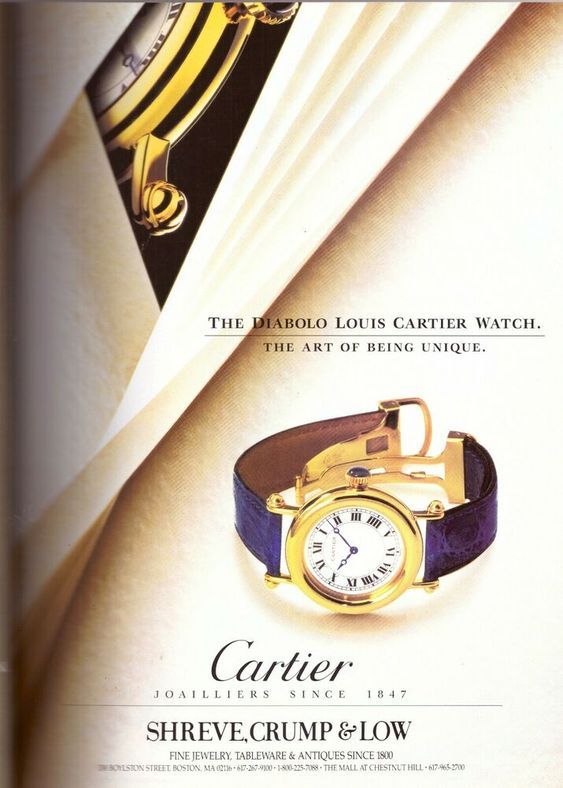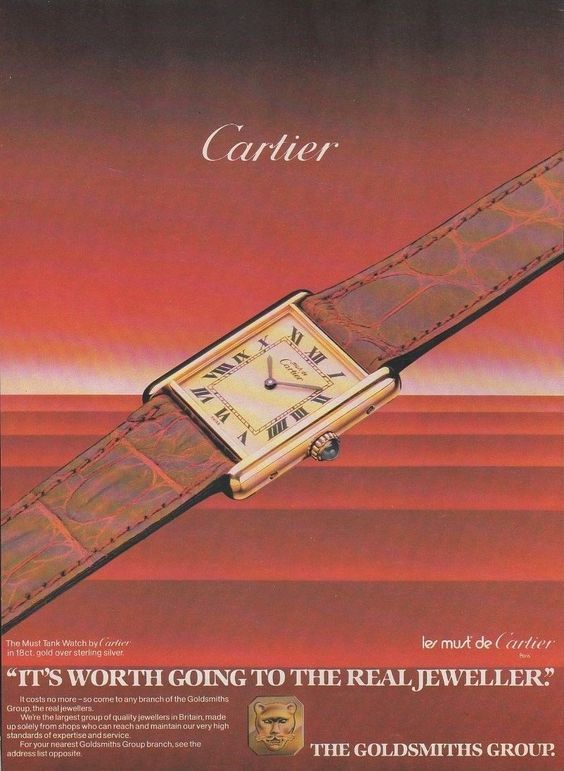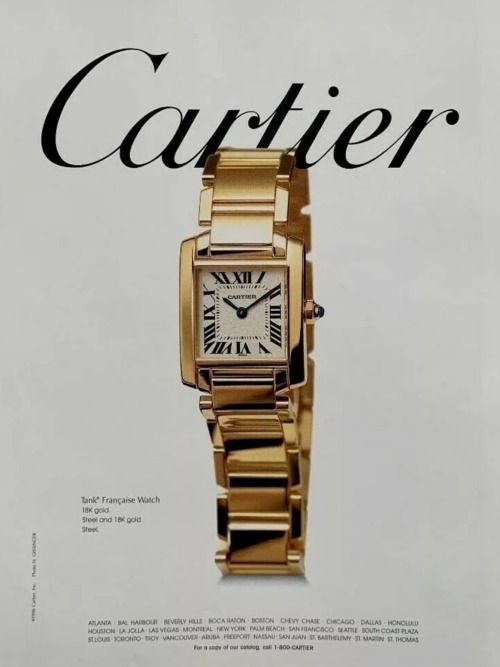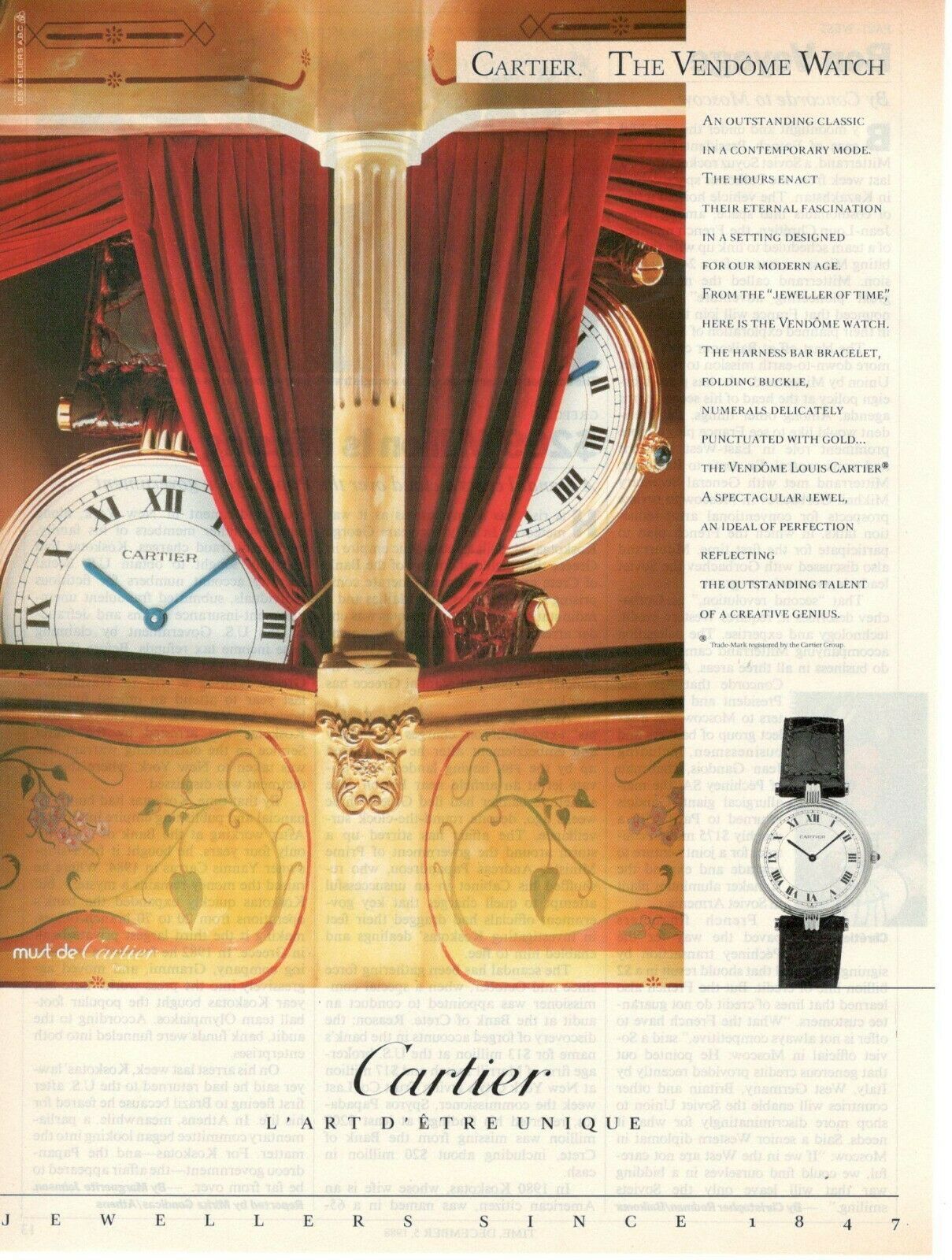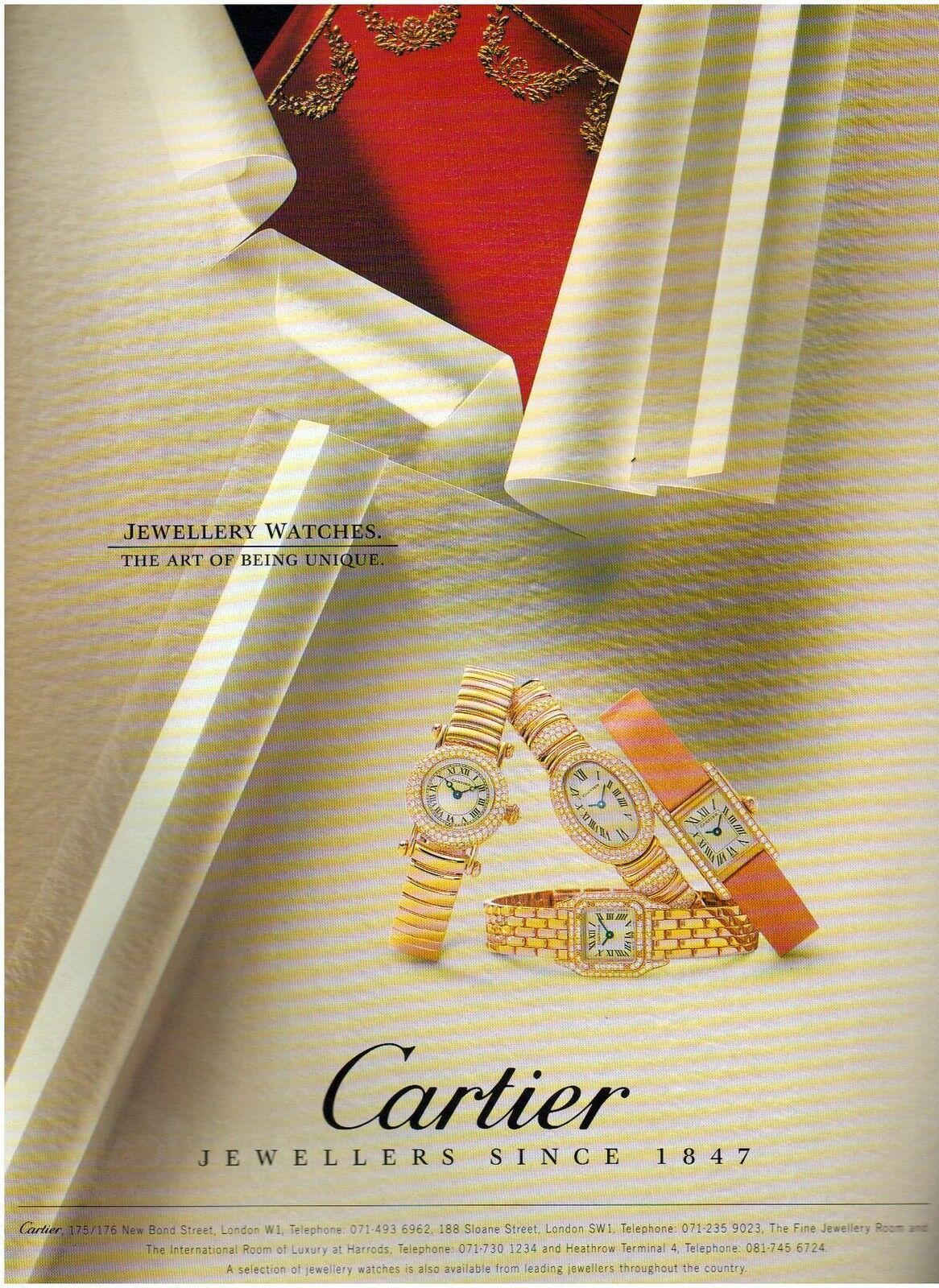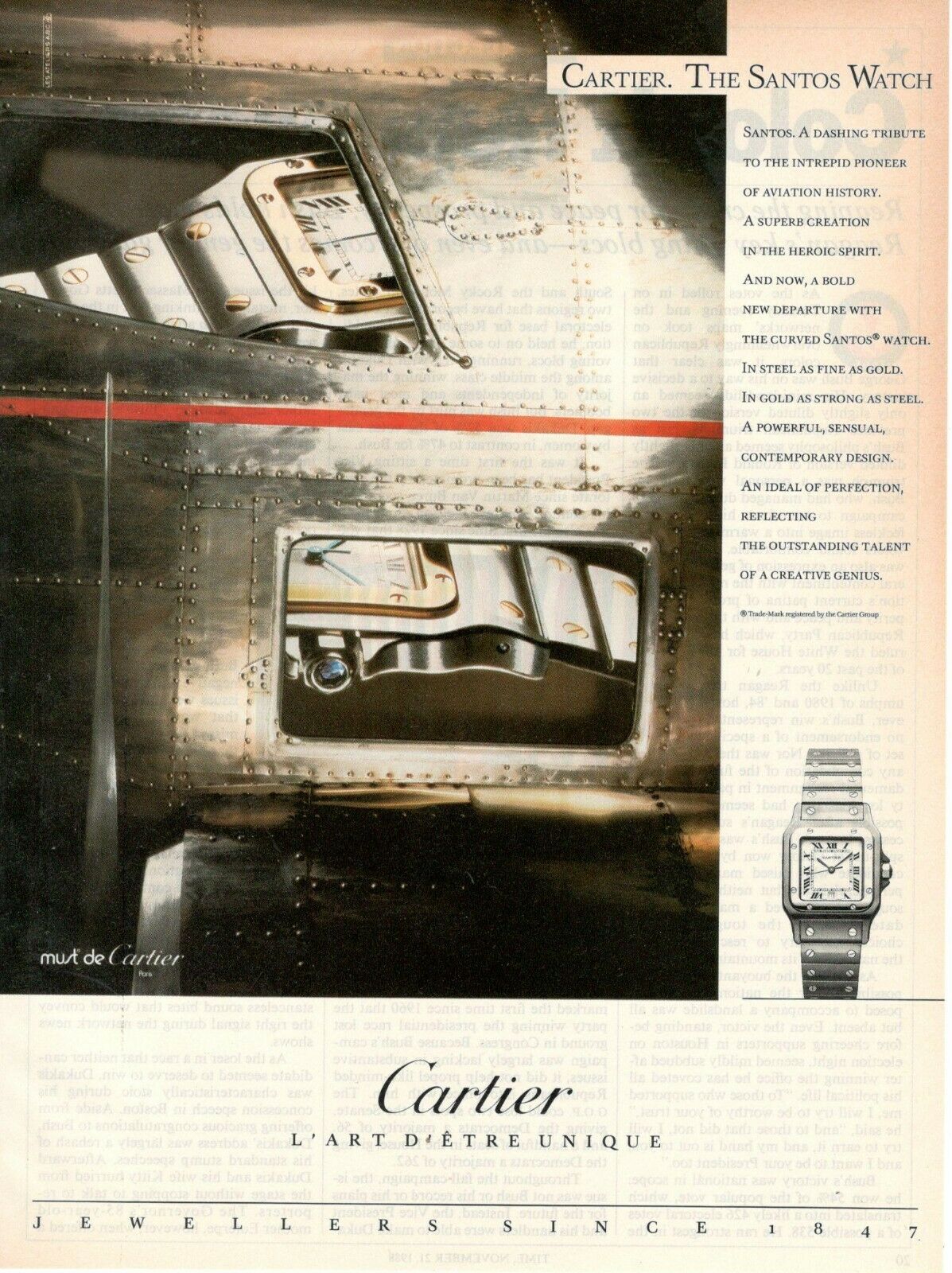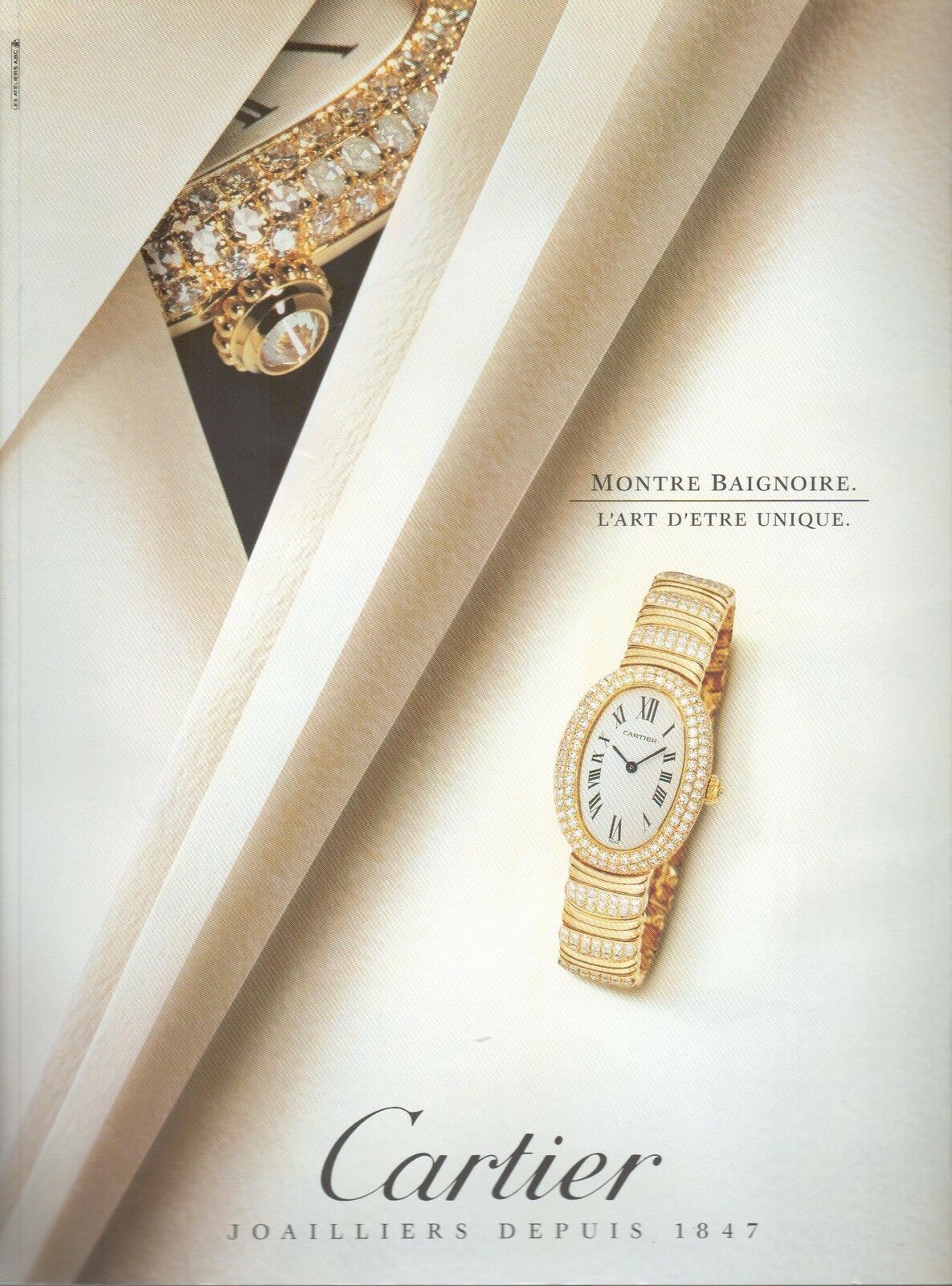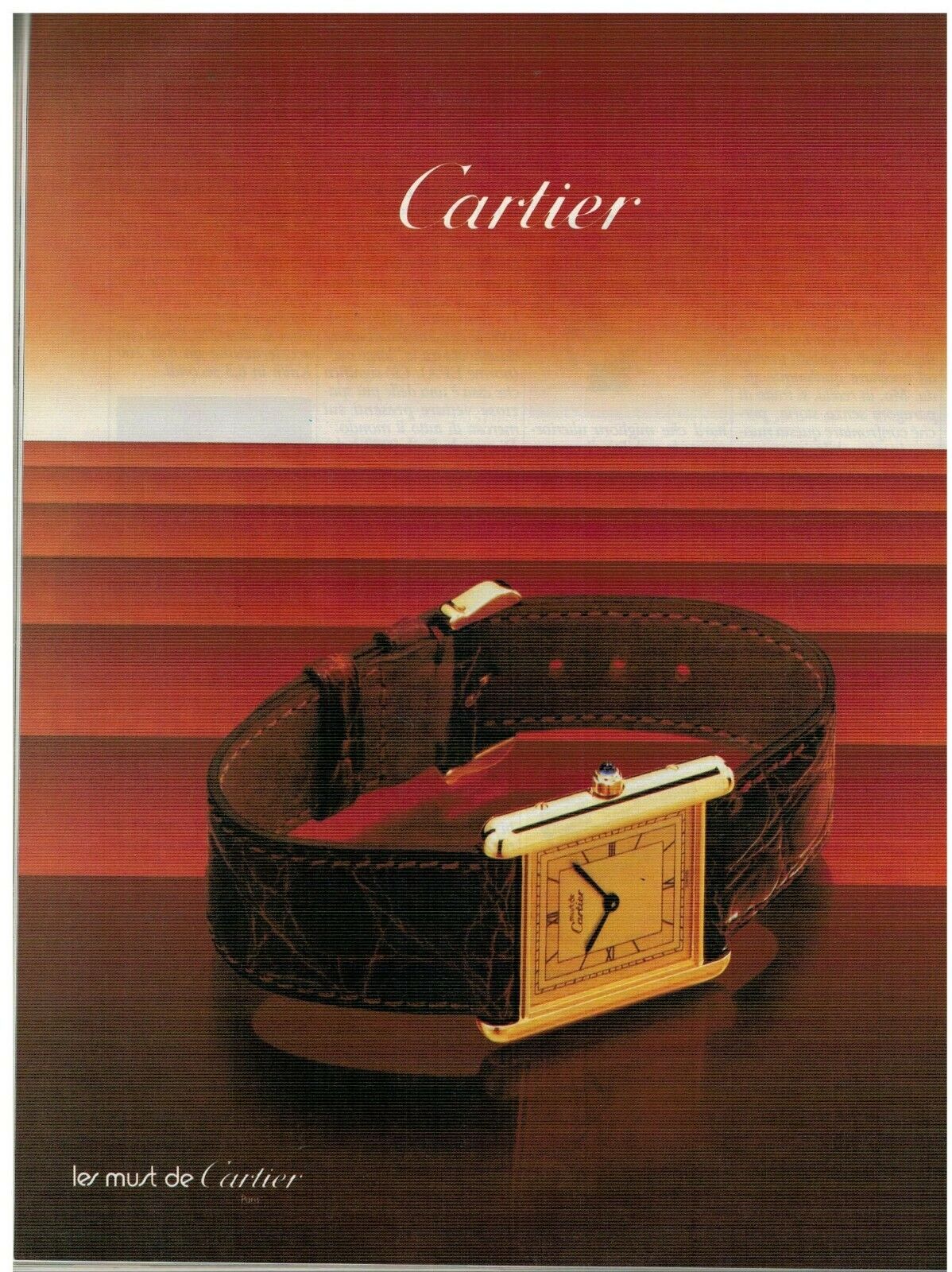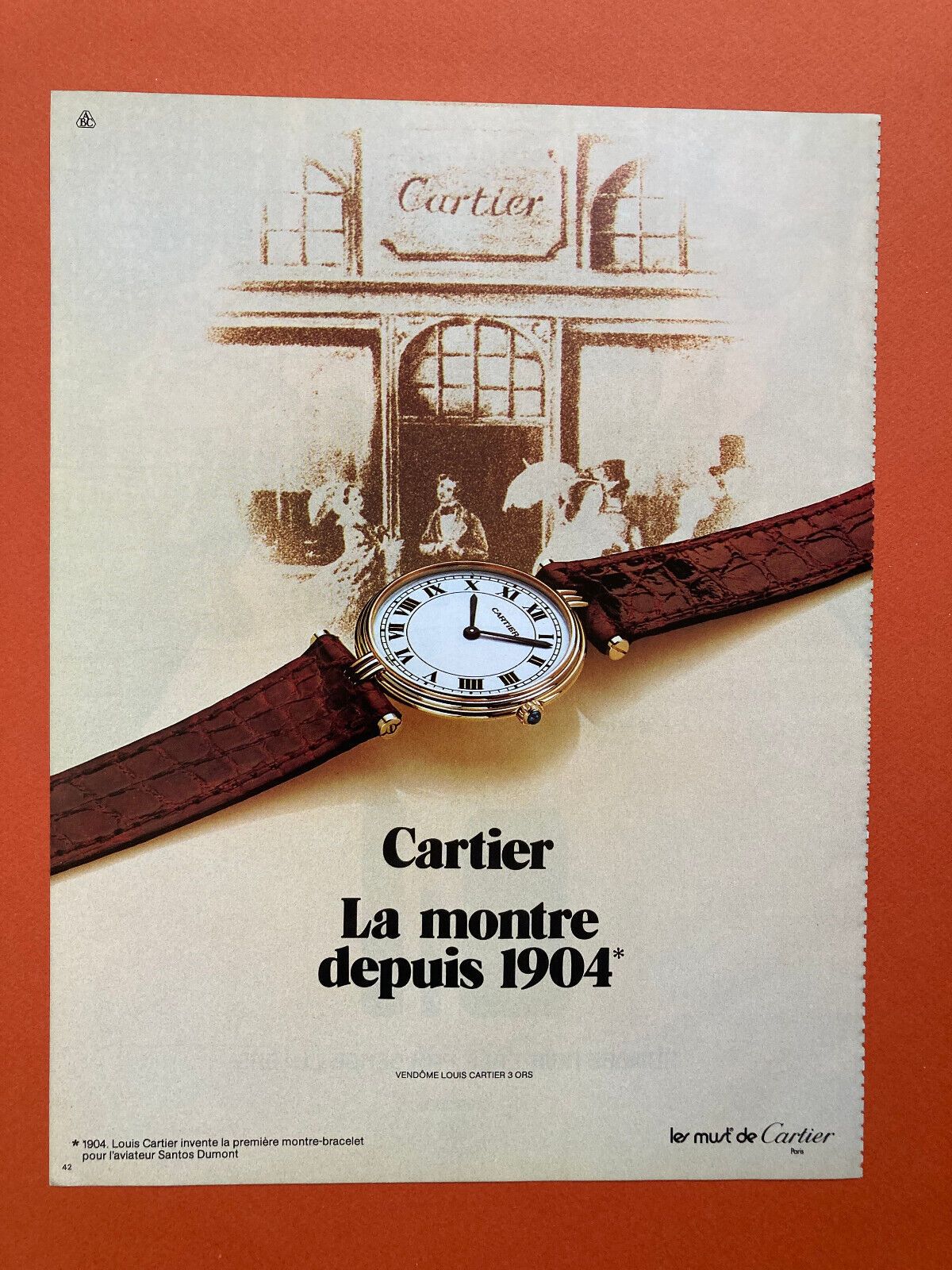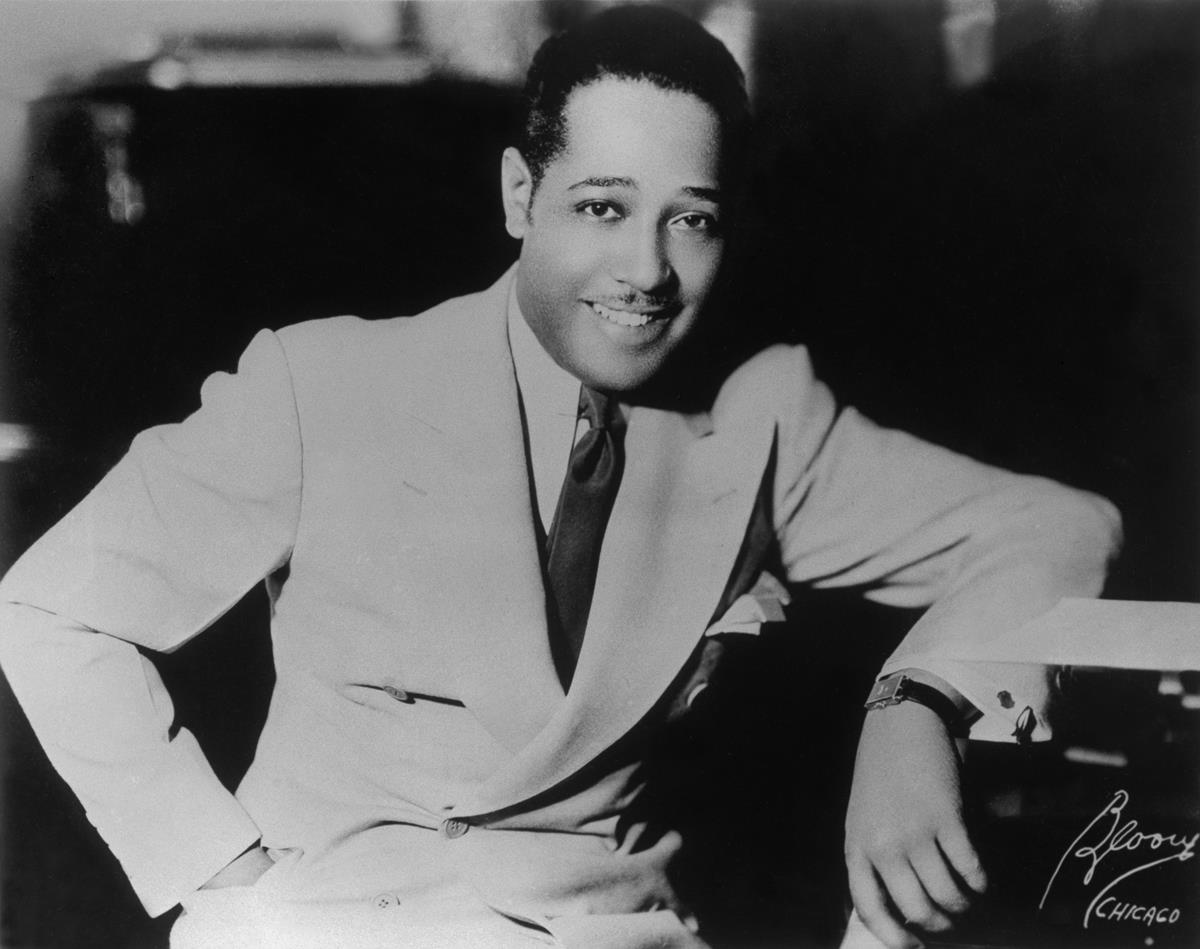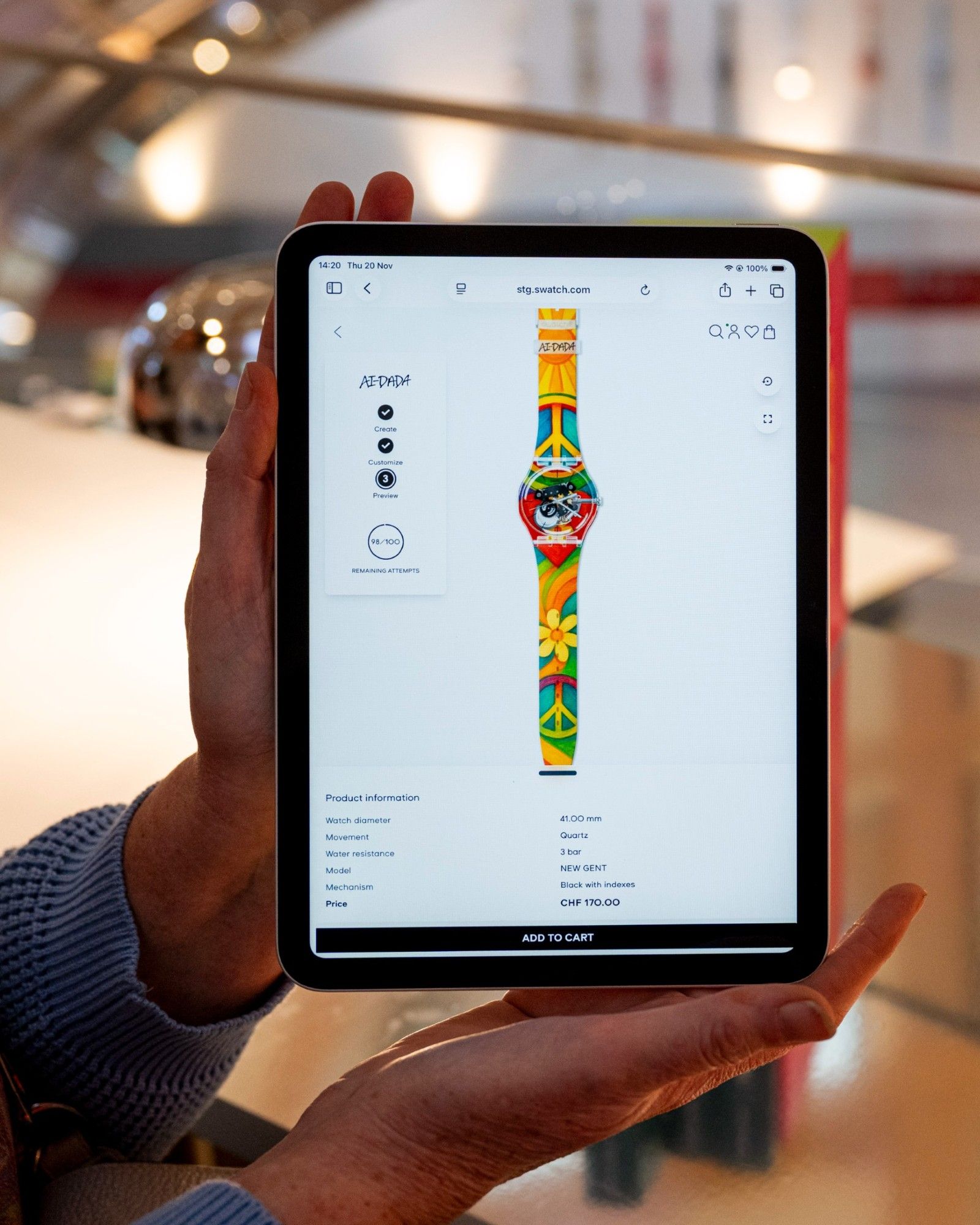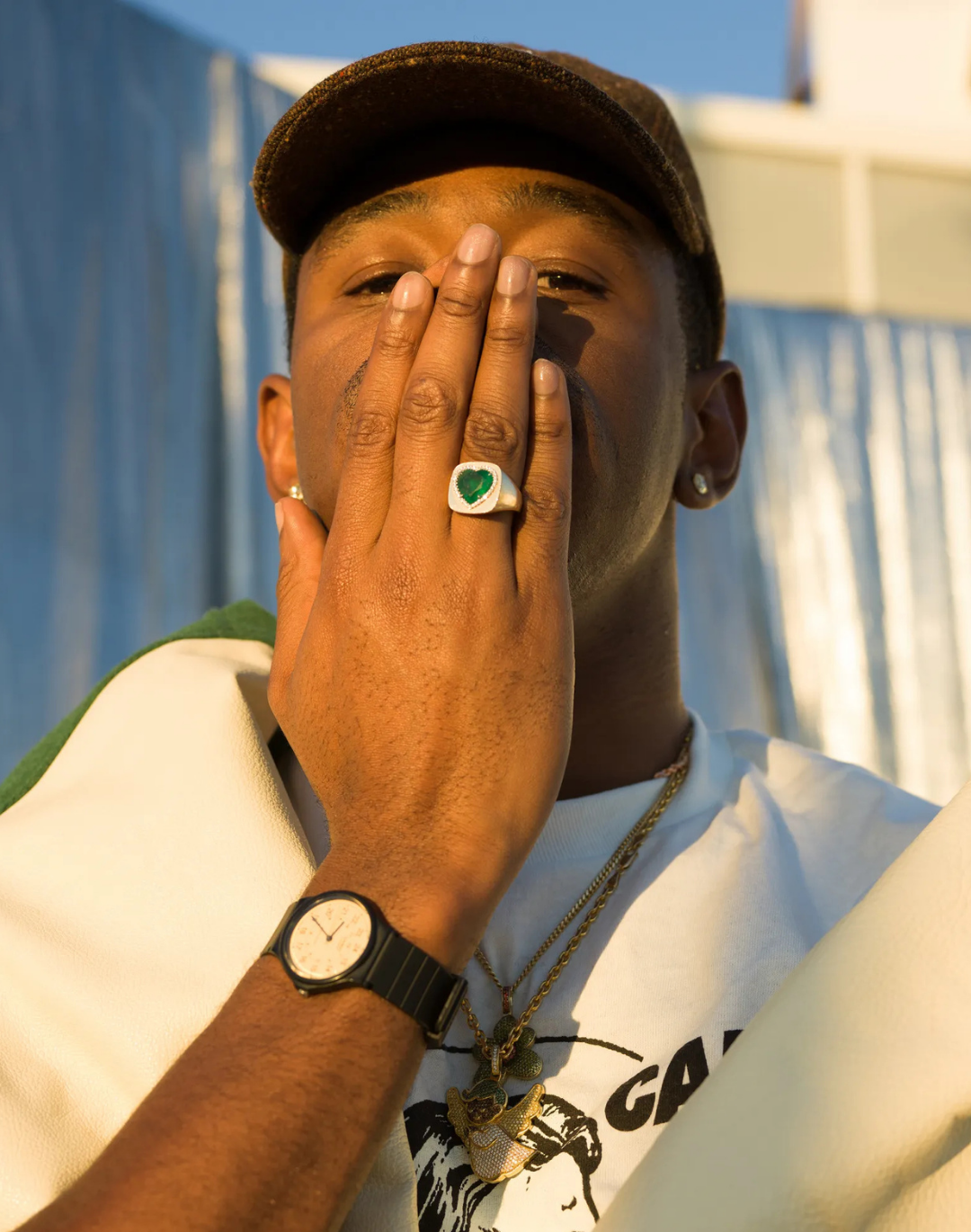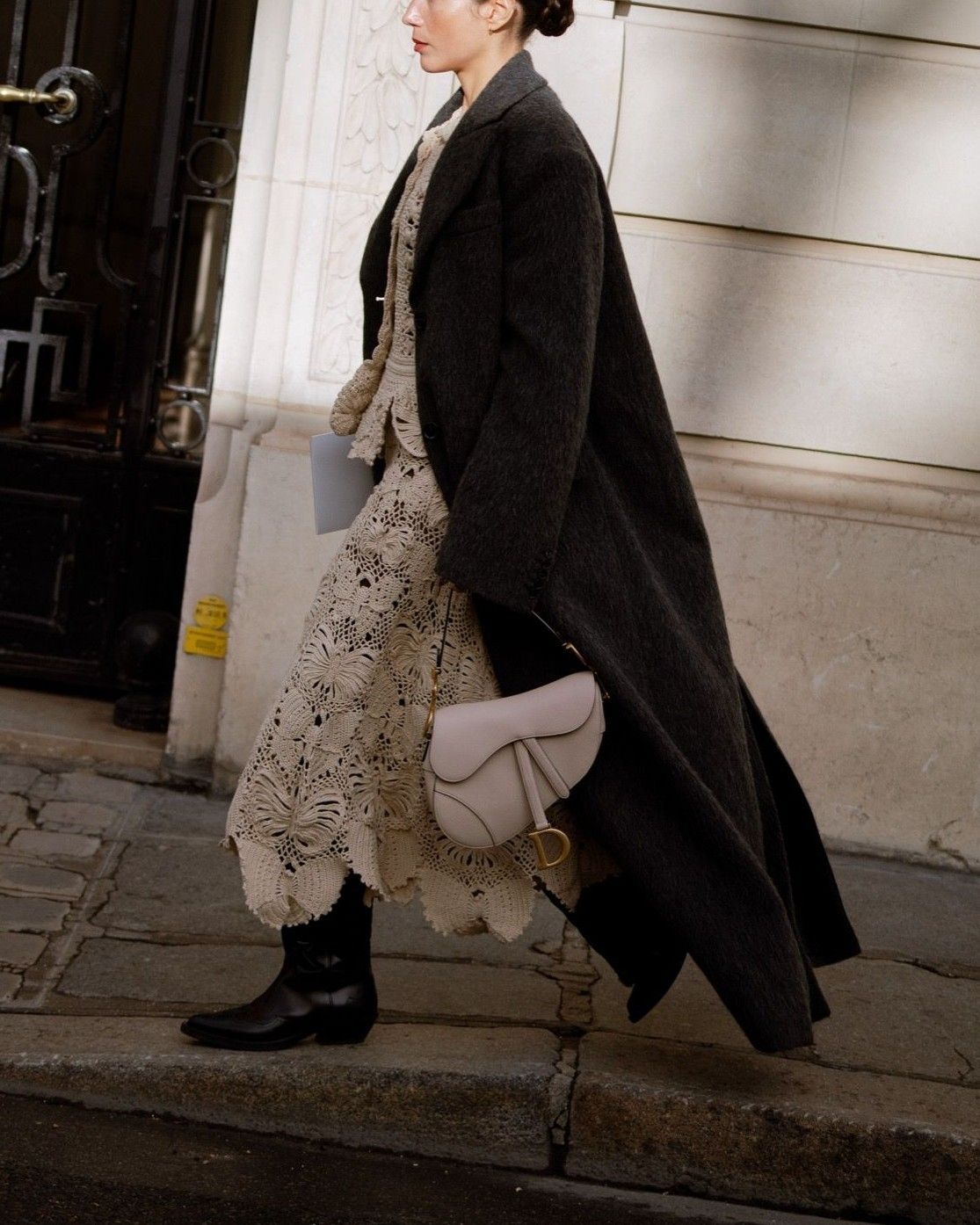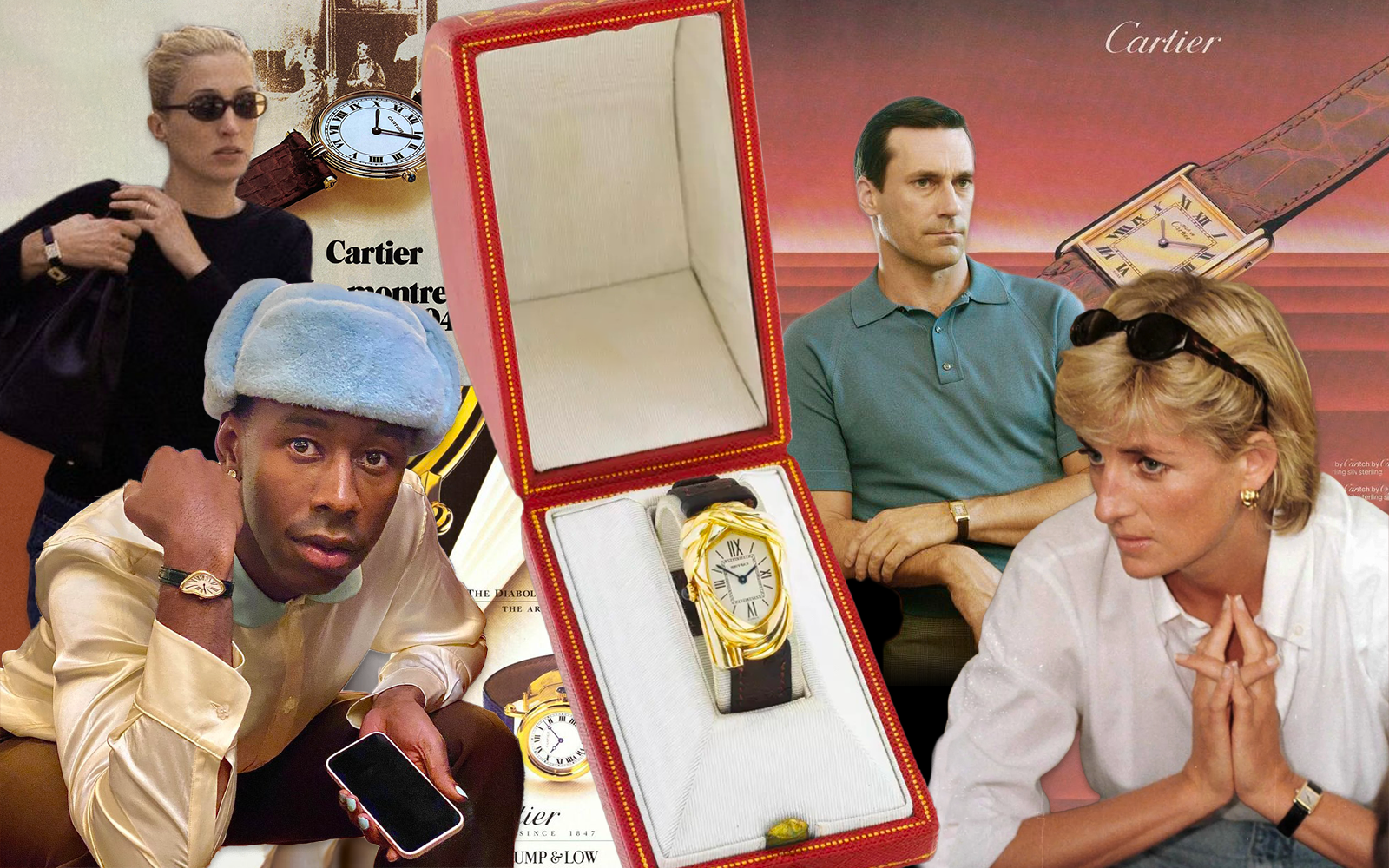
The sensual allure of Cartier's vintage mini-watches The time of steel wrist mastodons is finally over
The world of luxury watchmaking has gone into a frenzy in recent days: what is perhaps the rarest watch ever created by Cartier has reappeared after 40 years and will be auctioned at Sotheby's in September. The watch in question is the Cartier Cheich, of which only four known examples exist, and which had been given as a prize to Belgian motorcyclist Gaston Rahier after winning the Dakar Rally two years in a row, in 1984 and 1985. The prize was commensurate with the effort: the rally route begins in Paris and ends in Dakar, Senegal, and runs 15,000 kilometers across two continents, passing mountains, deserts and plains. In 1983, Alain Dominique Perrin, then president of the brand, established the Cartier Challenge together with rally founder Thierry Sabine by stipulating that a series of prizes would be awarded to those who won the rally two years in a row in the same race category, which includes motorcycles, cars, trucks and quads.
The Cartier Cheich was one of those awards - and Rahier's victory was the only time anyone won the Cartier Challenge. The watch had been created in 1983-part of a "family" that included a second example, a third smaller but diamond-covered version designed for female athletes, both of which are still kept by Cartier, and a fourth watch that was offered by Cartier's president to Sabine and is said to have been given to motorcyclist Hubert Auriol and is now considered lost. The watch case, designed by Jacques Diltoer, depicts the rally logo: the silhouette of a Tuareg wearing the traditional "cheich" around his head. The Cheich, however, represents not only a kind of Holy Grail of luxury watchmaking but also the purest manifestation of the ambiguous and surreal aesthetics that surround some of Cartier's historic models sought after like so many Grails by enthusiasts around the world.
LCartier's most iconic watch, at least in the fashion world, is in fact the Cartier Crash, created by Jean-Jacques Cartier in 1967 when a watch arrived at the brand's London branch to be repaired after a car accident. The model in question was the Baignoire Alongée, still one of Cartier's flagship models, which had been deformed in the crash, acquiring an unusual and strange beauty. According to the model's history on Sotheby's website, the watch «doesn’t particularly embody any of the typical stylistic features of the decade and, in fact, one may go further to say that it doesn’t entirely embody the stylistic features of any decade. Perhaps this is where its appeal lies; its abstract nature is in a sense transcendent».
Over time, the Crash has become a cult model for all kinds of collectors, including Kanye West, Jay-Z, and Tyler, The Creator. It is precisely the attention brought to the model by these illustrious owners, along with the broader archive fashion movement, which has placed a strong emphasis on analog mediums, the unusual beauty of old catalogs, and more historic brands, that has made Cartier's vintage watches a small cult among archive enthusiasts. However, these are not all of the models produced by the French maison, which has produced a great many throughout its history, but a very specific type: they are watches of the small case (usually variations of the Tank or Must models), usually extremely slim ladies' models with oblong or rectangular dials, and possess precious or exotic leather straps along with gold elements and lived-looking dials with Roman numerals.
The fascination with these vintage watches does not lie so much in the concept of status inherent in owning a luxury watch (again, to remain in Cartier's catalog, we can think of the very institutional Pasha) nor does it concern the technical characteristics of the watch itself, since those who seek them out usually do not have specific expertise in the matter. Their appeal is something purely aesthetic: the desuetive shape of the dial, the smallness and tiny details typical of jewelry, the preciousness represented by the crocodile straps, the gold accents and the dial calligraphy itself are enough alone to evoke an entire imagery. The size of the watch is a key element: whereas in the past the size of the watch was proportional to the size of its owner's bank account, things have changed today. The typical men's watch has an average dial diameter of 40mm - a size that stems from the popularity in the 1990s and early 2000s of the military-inspired steel watches made popular by action movie stars like Sylvester Stallone in Daylight as well as brands like Rolex, Audemars-Piguet, and Panerai at the time. But according to the WSJ, « Watches of Switzerland, which operates multibrand stores in the U.K. and U.S., saw sales in its largest-diameter watch category—above 43mm—slide from 14 percent of the total in 2016 to just 8 percent in 2020». The reason for this reversal is as much about practical reasons, namely the trivial convenience of wearing a thinner and lighter watch, as it is about cultural reasons: having dispensed with the rigid dualism that separated men's and women's watches, a new generation of connoisseurs (as Alfred Tong calls them in GQ) has started to appreciate small, vintage-looking jewel-like watches.
Gender neutrality, old money aesthetics, nostalgia for the analog past, but also a redirection of tastes: from the inside of the watch to the outside, from social status signifier to cultural status signifier, from tool to ornament. These little watches that could have come as much from grandma's jewelry box as from the safe of a 1960s French aristocrat on vacation in Saint Tropez represent a break with a certain kind of menswear aesthetic that relies on a set of gender and status markers now so crystallized and unchanging in their own canon that they no longer suggest anything, now too trite and already seen -an overly flashy watch is among them.










































